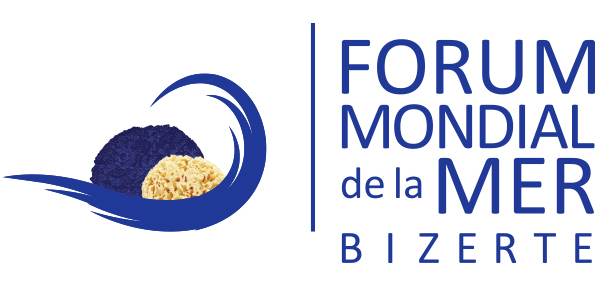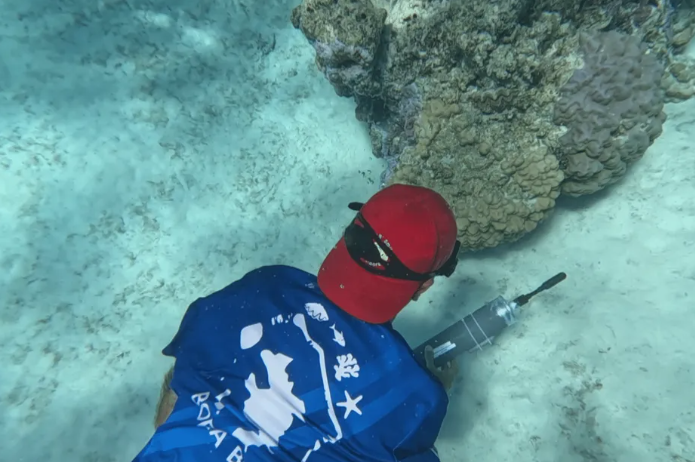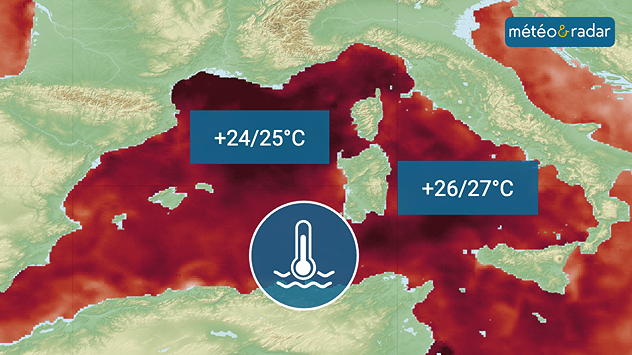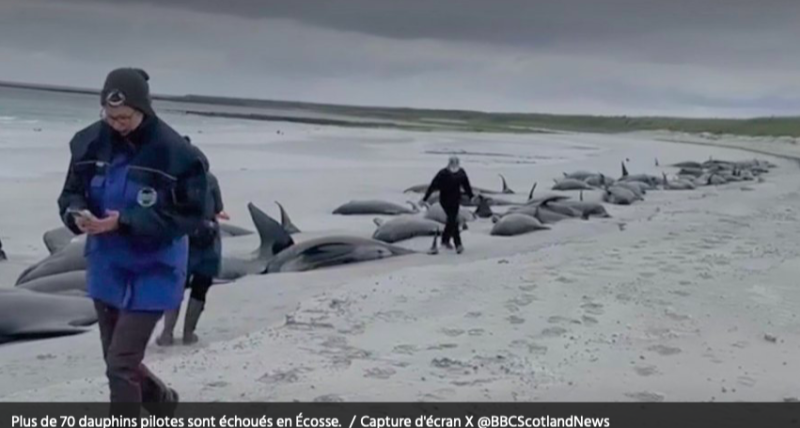Polynesia, often called the “Pearl of the Pacific,” has long relied on rahuis—traditional marine closures—to protect its coastal ecosystems. Among these, the most stringent rahui imposes total bans on fishing and resource extraction, ensuring both biodiversity conservation and cultural preservation. Enforcement of this sacred measure involves local communities, customary authorities, and environmental organizations, blending ancestral knowledge with modern conservation practices.
French Polynesia Becomes the World’s Largest Marine Protected Area: Bora Bora Leads the Way
Polynesia is now the largest marine protected area in the world. Bora Bora, in particular, is set to become the first fully protected marine reserve. Seven hundred hectares in front of the iconic Matira Beach will be completely off-limits to human activity—no fishing, no water sports.
At Bora Bora, tourists abound. We are on one of the most beautiful beaches in Polynesia, soon to be a fully protected natural reserve. Fishing will be banned, along with any other recreational water activities. Silence will reign over a portion of the lagoon.
The main problem? Boat engines. Human pressure on the water is intense. Nicknamed the “Pearl of the Pacific,” Bora Bora is suffocating beneath its gradient blues. The local population has multiplied sixfold in 50 years. For the past 23 years, scientists have been monitoring the lagoon—counting species, measuring water quality, and recently even recording underwater acoustics. Their warning is clear: the lagoon is vibrant, but heavily fished and heavily trafficked.

David Lecchini, a researcher at CRIOBE, is adamant: “When we see smaller fish, we immediately blame the fishermen. So fishing should be banned. But there’s also tremendous pressure from tourist boats and jet skis. Noise pollution has a huge impact on fish behavior—and also on their ability to reproduce.”

A 700-Hectare Rahui
As a result, fish are becoming smaller and smaller. Sea urchins, giant clams, and sea cucumbers are gradually disappearing. In consultation with the local population, it was decided to establish a 700-hectare rahui, the first fully protected natural reserve of its kind in Polynesia. The area includes reef fishing zones, a giant clam nursery, and a scuba diving site. This total protection affects all users, without harming any single activity.
« We’ll have to fish outside the rahui, » explains Francis, a fisherman. « If we continue fishing inside, we’ll get fined. And we accept that. »
Patrick Mahuta, a tourism operator for 15 years, says he was “worried at first” when he saw the project coming to life. But “apparently there’s a passage planned for our canoes, so it’s fine.”

The island currently has 700 fishing boats. And the observation is shared by everyone: to continue making a living, the resource must be protected.
« My father, who was a great mata’ana’ana fisherman, now manages only two catches per year, » says Heipoa Mare, president of the Bora Bora Lagoon Fishers’ Association.
The president adds: « There is a big difference, and we can really see that some species are becoming endangered. »

The first protections were established in 1952
Regularly cited as an example for its commitment to the environment, the commune of Bora Bora welcomed scientists and the environmental authorities on that day. It presented this unique natural reserve to a small delegation from the country. A decision that the mayor did not hesitate to make.
« It is a rahui that required very broad consultation, involving the population, neighborhoods, churches, fishers, and tourism stakeholders, » says Gaston Tong Sang. « The choice of the site allowed us to reconcile the activities of all partners working in the lagoon. »
This is the culmination of 70 years of ocean protection in Polynesia. From the first protections in 1952, to the ban on drift nets in 2022, and the establishment of a marine sanctuary in 2002.
« This study clearly shows that boat engines have a significant impact on marine species, » explains Terena Hargous, project manager for natural spaces at the environmental department. « So this is a model that should be shared with other communes. »

Violators face fines
For Anatole Teraaitepo, president of the Bora Bora Cultural Association and vice-president of the association Ia Vai Noa no Bora Bora, « the word rahui means giving life a chance. And giving the population the opportunity to renew it each time. It’s like a woman who has just given birth; it’s giving life, as in the lagoon. »
Access to this fully protected reserve is strictly controlled: only the management committee may grant exceptions, for example for scientific research or the arrival of the legendary Hawaiki Nui canoe race. Any violator faces a fine.
Source: la1ere




